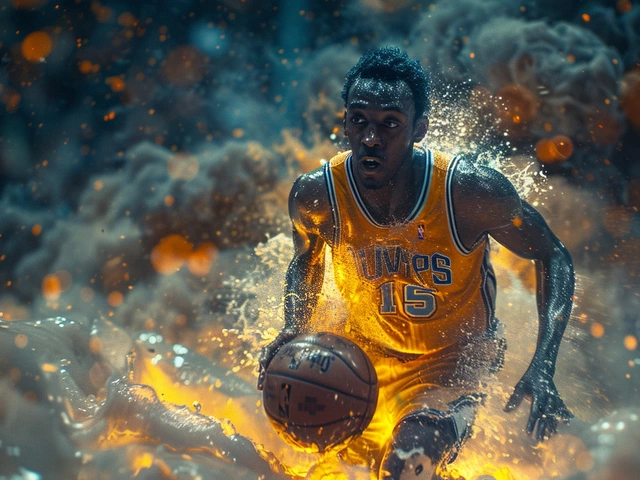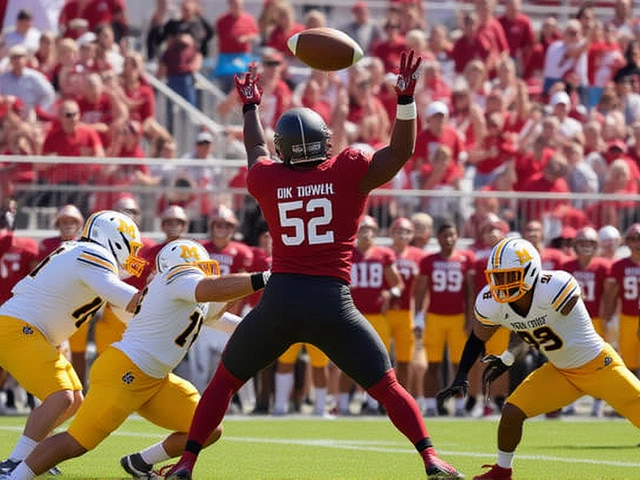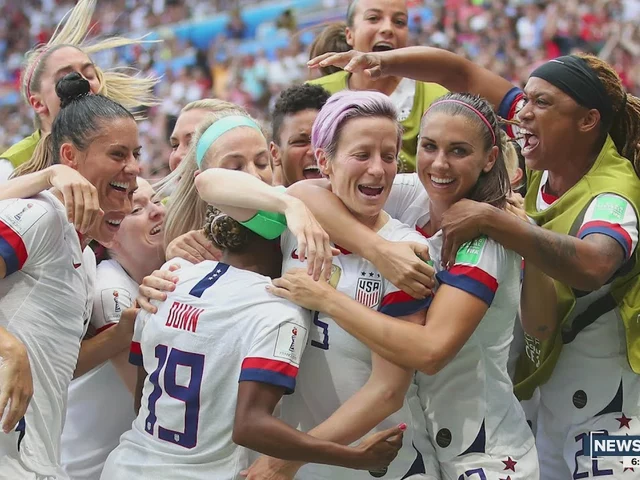Causes Shaping Sports and Society
When you click on the "causes" tag you’ll find stories that dig into why things happen in sports and beyond. It’s not just scores and highlights – it’s the why behind headlines. Below you’ll get the low‑down on the biggest forces driving change right now.
Legal and Immigration Causes
One of the most pressing legal battles right now involves Temporary Protected Status (TPS). A federal judge hit pause on ending TPS for about 60,000 people from Nepal, Honduras, and Nicaragua, then the Ninth Circuit narrowed the relief. The ruling matters because many of those folks are athletes, coaches, or staff who rely on work permits that now run until November 2025. The case shows how immigration policy can directly affect who’s on the field and who isn’t.
If you’re wondering whether sports can help with college admissions, the short answer is no – you don’t need to be an athlete to get into a top‑tier school. Admissions officers care more about grades, essays, and community service. Sports can boost an application, but it’s not a ticket. Knowing this lets students focus on what truly matters for their future.
Health, Fair Play, and Doping
Doping is still the biggest issue in sports today. Athletes using performance‑enhancing drugs break the spirit of fair play and risk long‑term health problems. Governing bodies are tightening testing, but the fight is far from over. Understanding how doping works and the penalties involved helps fans spot red flags and demand cleaner competition.
Another health‑related cause is the fear many fans feel about the NFL’s short season. The league limits regular‑season games to 17 weeks to protect players from injury and burnout. Shorter seasons keep the sport exciting and give fans a quick turnaround for the next season. Recognizing why the NFL does this can change how you view the schedule.
For younger athletes, especially girls, the question of what sports they can play is crucial. More schools and clubs are opening up opportunities in soccer, basketball, wrestling, and even traditionally male‑dominated sports like football. The cause here is gender equity – giving girls the same access to facilities, coaching, and scholarships as boys.
Even something as quirky as fearing frogs can affect an athlete’s mental game. Overcoming a phobia with gradual exposure and breathing techniques can improve focus on the field. It’s a reminder that mental health is a cause worth tackling in any sport.
On the global stage, the World Cup’s massive appeal isn’t just about football. It brings nations together, fuels tourism, and creates a shared cultural moment. The cause behind its significance is the way sport can transcend borders, unite fans, and spark conversations about identity and pride.
Finally, there’s the debate about watching sports on TV versus live. Television offers replays, commentary, and slow‑motion analysis that can enhance understanding of the game. Live events, however, deliver the electric atmosphere of a packed stadium. Knowing the pros of each helps you choose the experience that fits your mood.
All these causes—legal battles, health concerns, gender equity, and cultural moments—shape the sports world we love. Keep checking the "causes" tag to stay on top of the issues that matter most, whether you’re a casual fan or a serious athlete.

As a parent, it's hard to imagine that a 2-year-old could experience a cardiac arrest, but it is indeed possible. The main causes for this tragic event can include congenital heart defects, which are present at birth, or acquired conditions, such as infections or trauma. Additionally, certain medications or toxins can also lead to cardiac arrest in young children. It's crucial for parents and caregivers to be aware of potential risk factors and symptoms, as immediate medical attention is vital in such cases. Overall, understanding the causes and prevention measures can help protect our little ones from this life-threatening situation.





